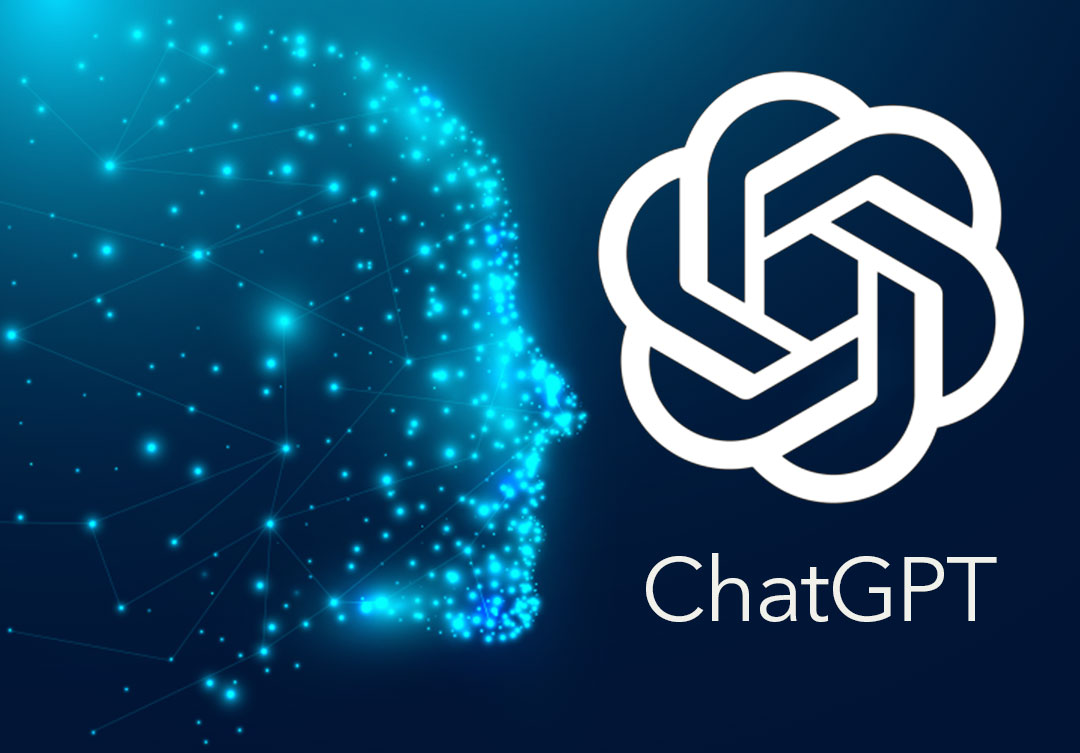In today’s fast-paced digital economy, businesses constantly seek creative solutions to enhance customer engagement and streamline processes. Chatbots have evolved into flexible technologies that offer benefits like improved customer service and cost reductions. In this comprehensive tutorial, TECHVIFY will explore their various forms, how to build a chatbot, and how to develop a chatbot using Chat GPT. In addition, we’ll discuss best practices so you may maximize your potential in today’s competitive business environment.
I. 4 Types of Chatbots
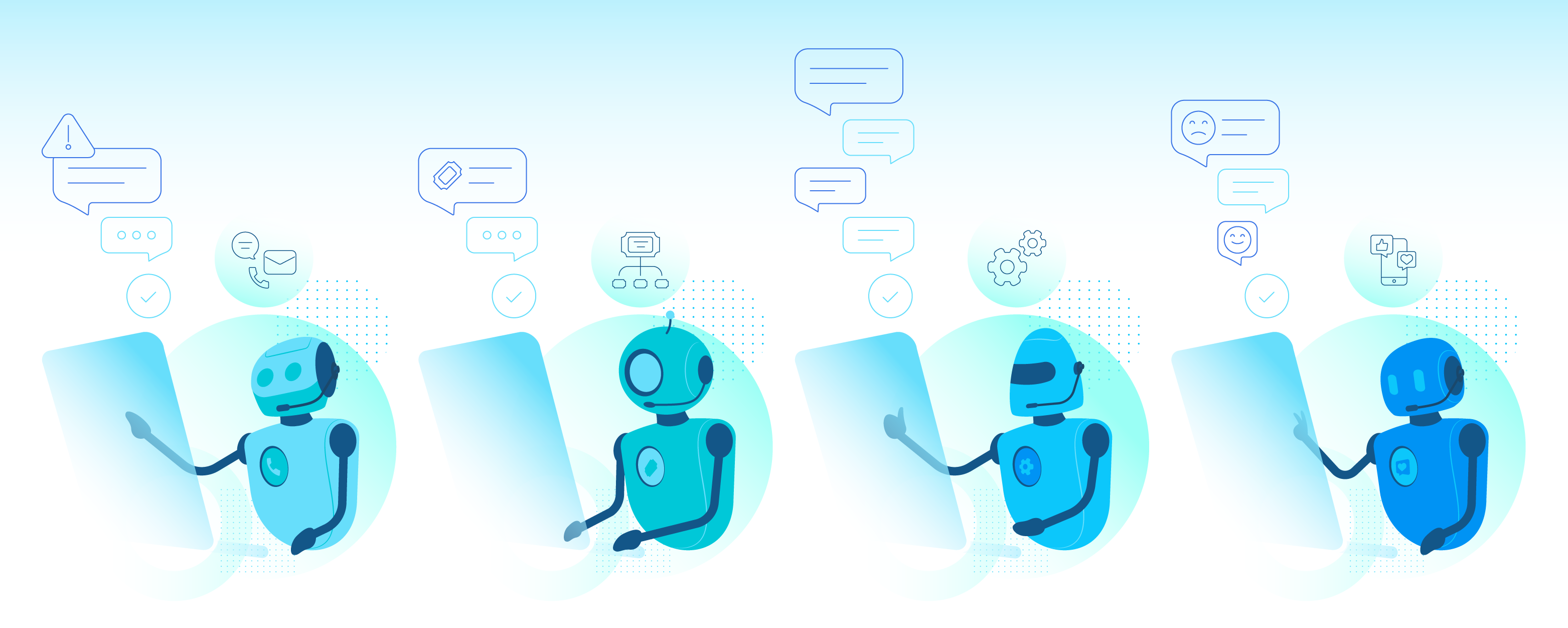
| Rule-Based Chatbots | Rule-based chatbots follow predefined rules and decision trees. They are suitable for simple tasks such as answering frequently asked questions (FAQs) or providing straightforward information. Rule-based chatbots are highly structured but may lack the ability to handle more complex and unstructured queries. |
|---|---|
| AI-Powered Chatbots | Conversational AI chatbots powered by AI use machine learning and natural language processing to grasp user requests and provide relevant answers. These chatbots are more flexible and adaptable since they can answer a wider variety of queries and do so more appropriately. |
| Voice Assistants | Chatbots created specifically for voice interactions are voice assistants. They use AI and speech recognition to comprehend and react to spoken commands or questions. Smart devices and applications frequently use voice assistants. |
| Hybrid Chatbots | Hybrid chatbots combine elements of rule-based and AI-powered capabilities. They can provide structured, open-ended interactions, making them suitable for various use cases. Hybrid chatbots offer a balance between predefined responses and adaptive learning. |
II. How to Build a Chatbot
1. How to Build a Chatbot for Specific Purposes
Step 1: Define the Purpose and Goals
Before you start building a chatbot, defining its purpose and goals is crucial. Ask yourself:
- What specific tasks or interactions should the chatbot handle?
- What problem or challenge will the chatbot solve for users?
- How will the chatbot improve user experiences or streamline operations?
Clear objectives will guide the development process and help you measure the chatbot’s success.
Step 2: Choose a Platform or Framework
Selecting the right platform or framework is a critical decision in chatbot development. Consider the following factors:
- Technical Expertise: Assess your team’s technical skills and choose a platform that aligns with your team’s capabilities.
- Integration: Ensure your chosen platform seamlessly integrates your existing systems and databases.
- Scalability: Choose a platform that can scale to handle rising demand if there is demand for future growth.
- AI and NLP Capabilities: If you plan to build an AI-powered chatbot, opt for a platform that offers robust natural language processing capabilities.
Step 3: Design the Conversation Flow
Designing the conversation flow is a crucial step in creating an effective chatbot. Consider the following aspects:
- Intents: Identify the different intents or purposes behind user interactions. For example, users may like “Get product information” or “Place an order.”
- Entities: Define entities or specific information the chatbot needs to collect from users. Entities can include names, dates, product names, and more.
- Dialog Trees: Create dialog trees that outline how the chatbot will respond to different intents and user inputs. Design branching paths that guide users through interactions.
Step 4: Develop and Test the Chatbot
Once you’ve designed the conversation flow, developing the chatbot is time. This step involves:
- Programming: Writing the code to implement the chatbot’s functionality based on the design specifications.
- Training: If using an AI-powered chatbot, train the model using relevant data to improve its understanding and response generation.
- Testing: Thoroughly test the chatbot to identify and fix any issues or inconsistencies. Consider functional testing (ensuring it performs its intended tasks) and user testing (gathering feedback from real users).
The testing phase is crucial for refining the chatbot’s performance and ensuring a smooth user experience.
Step 5: Deploy and Monitor the Chatbot
Once the chatbot has been developed and thoroughly tested, it’s ready for deployment. Consider the following deployment options:
- Website Integration: Include the chatbot on your website so that visitors may utilize it while they are there.
- Messaging Apps: To reach a wider audience, integrate the chatbot with well-known messaging services like Facebook Messenger or WhatsApp.
- Mobile Apps: Integrate the chatbot to offer in-app assistance in your mobile application.
- Voice Assistants: When designing a chatbot for voice interactions, deploying it on platforms and devices that can actively support voice is essential.
After deployment, continuous monitoring is essential. Track user interactions, gather feedback, and analyze performance metrics. Use this data to make iterative improvements and enhance the chatbot’s capabilities.
Got a Vision for GenAI Chatbot Development?
Reach out to our expert team for a free consultation. We’ve successfully delivered a cutting-edge GenAI chatbot for a major client, and we’re ready to help you navigate the development process, clarify the next steps, and provide you with a precise project estimate.
2. How to Create a Chatbot with ChatGPT
You may quickly develop a chatbot using Chat GPT by following the instructions in this guide. By the end, you’ll have an AI chatbot that is fully operational and ready to improve customer service, automate processes, or efficiently assist users.
Step 1: Install Python
Download and install Python (version 3.12.0) for Windows from python.org. During installation, check “Add Python.exe to PATH.”
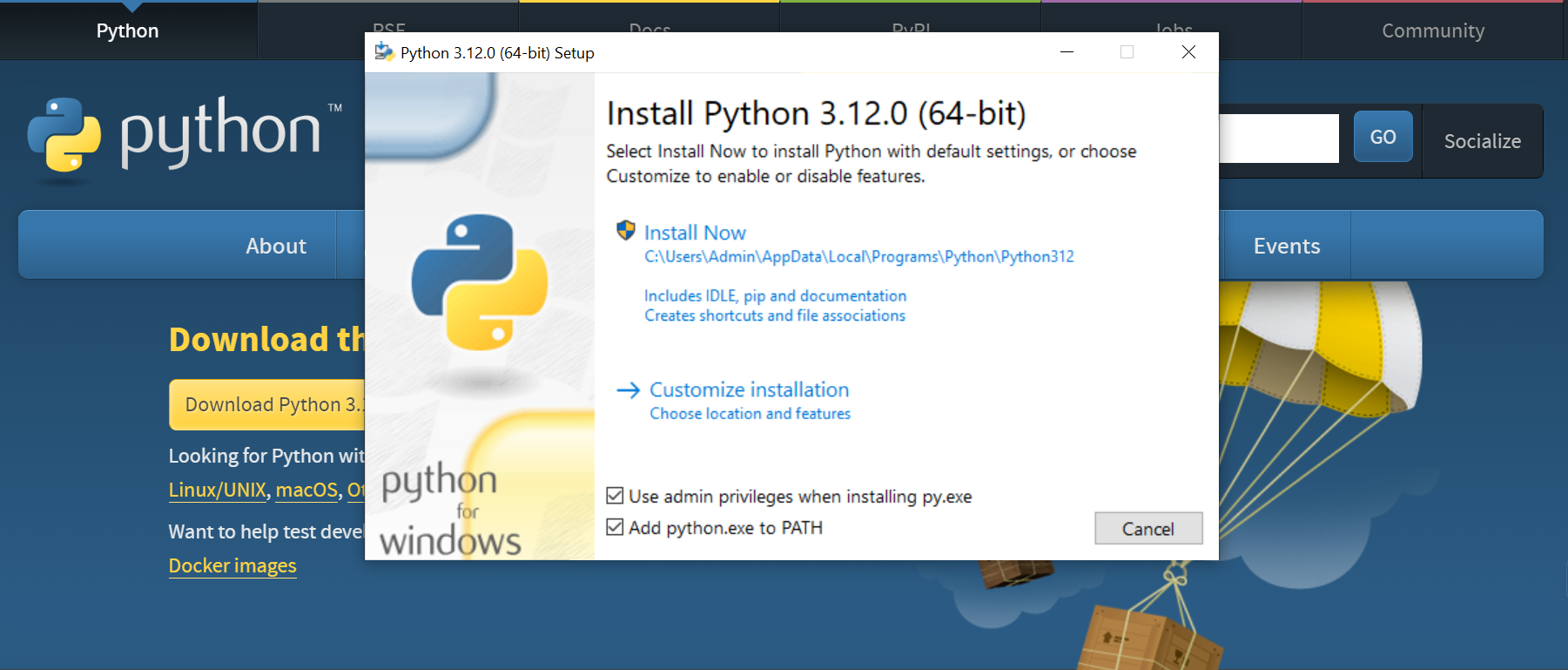
Step 2: Upgrade Pip
Run “python -m pip install -U pip” in the terminal to upgrade Pip. Install libraries: “pip install open” and “pip install gradio.” Choose a code editor.
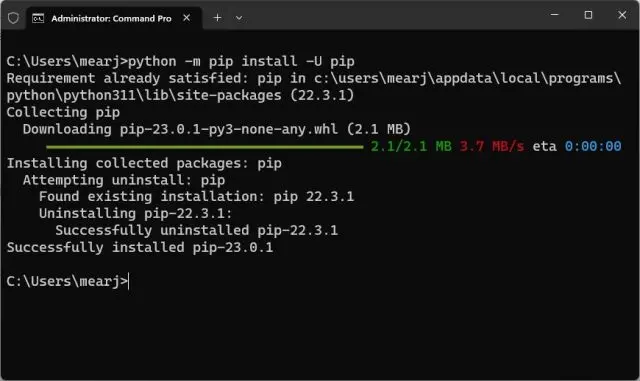
Step 3: Get the API Key
Sign up on OpenAI’s platform, access your profile, and create a secret key. Save it securely.
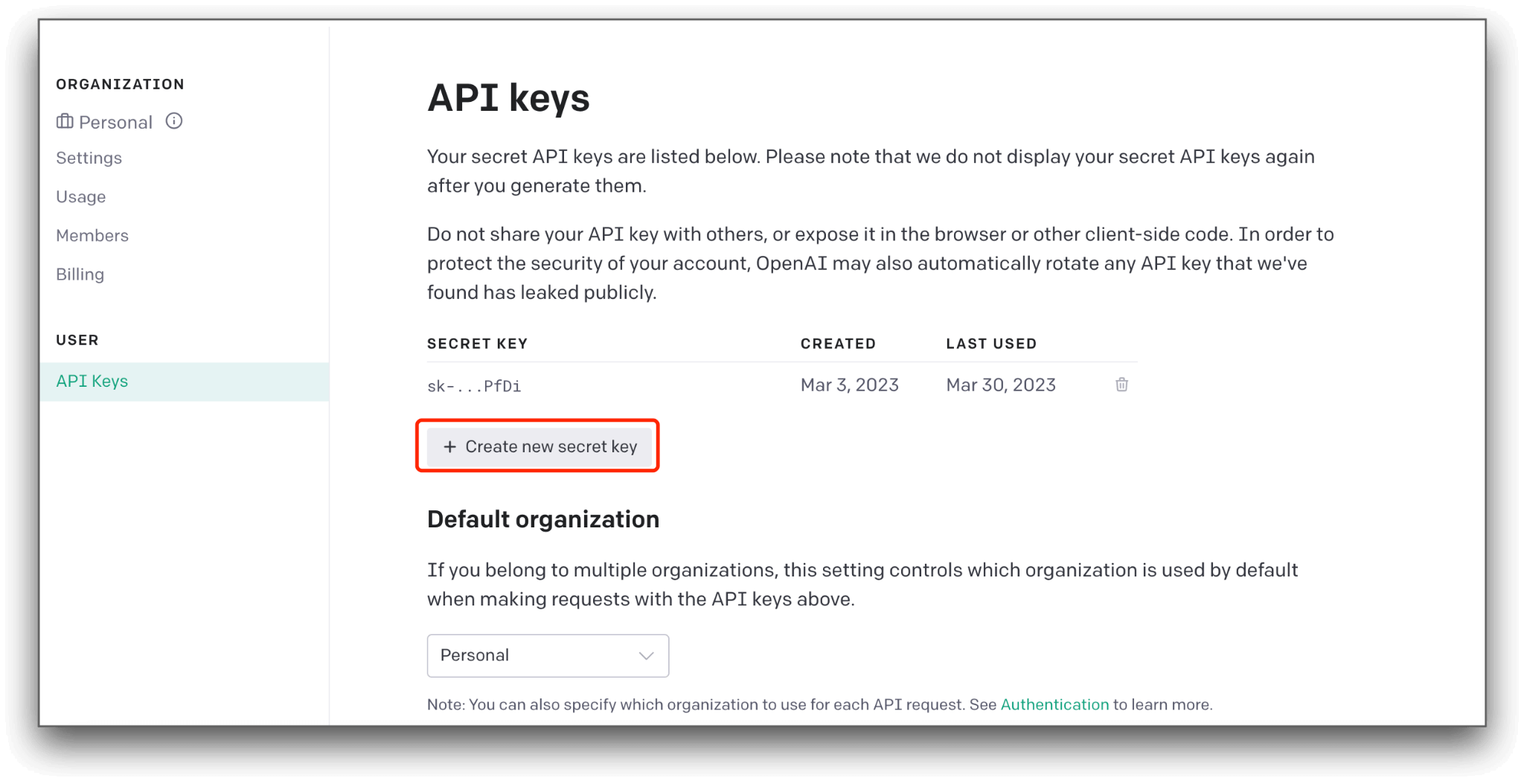
Step 4: Building Your Chatbot using ChatGPT
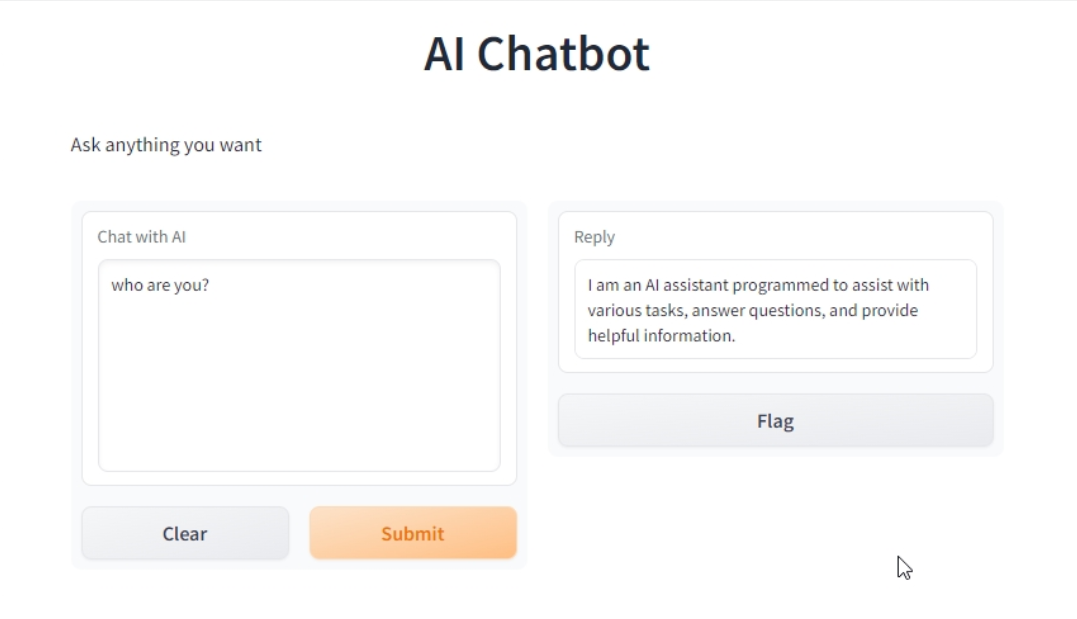
- Paste the chatbot code into your chosen editor.
- Insert the API key.
- Save the code as a “.py” file.
- In the terminal, run the file by entering “Python,” space, and the file path.
- Copy the local URL and paste it into your browser.
- Your ChatGPT chatbot is ready, and you can share the public URL, which stays active for 72 hours. Use Ctrl + C to stop the server.
Understand more about Chatbots and how to utilize them:
III. Best Practices for Building Chatbots
Invest in robust natural language understanding capabilities to ensure the chatbot can accurately interpret and respond to user inputs. Continuously refine the NLU model based on user interactions and feedback.
Leverage user data to provide personalized experiences. The chatbot should remember user preferences, history, and context to deliver tailored responses and recommendations.
Implement fallback responses for scenarios where the chatbot cannot understand or answer user queries. Clear and helpful fallback messages prevent user frustration.
Ensure the chatbot handles user data securely and complies with relevant privacy regulations. Implement encryption, authentication, and authorization mechanisms as needed.
Keep the chatbot’s knowledge base and responses up to date. Ensure that it can provide accurate information and adapt to changing circumstances or product offerings.
Key Takeaway
Understand chatbot types before making your first step: rule-based for simplicity, AI-powered for flexibility, voice assistants for vocal interactions, and hybrid chatbots combining structure and adaptability. Follow a roadmap to develop your chatbot and build ChatGPT chatbot for enhanced capabilities. Embrace best practices like personalization, data security, and continuous updates for peak performance. Equip yourself to boost customer engagement and streamline operations in today’s competitive business landscape.
If you need help in how to build a chatbot into your system, it’s a wise choice to choose an IT outsourcing company like TECHVIFY Software to support you. Your process will be more streamlined and cost-efficient, and you will still have an answer that perfectly fits your business.
FAQs
Are chatbots easy to build?
Constructing a chatbot can vary in difficulty, contingent upon the intricacy of the desired chatbot and your technical proficiency. Multiple tools and platforms exist, facilitating the creation of basic chatbots even for those lacking technical skills.
Can I build a chatbot without coding?
Using no-code or low-code chatbot development platforms, you can build a chatbot without coding. These platforms provide intuitive interfaces for designing and deploying chatbots, making them accessible to those without coding expertise.
Can a chatbot write code?
Yes, a chatbot can generate code to some extent. Chatbots designed for coding tasks can assist by developing code snippets or providing code-related information based on user input and predefined algorithms. However, their code generation capabilities are limited compared to human programmers.





